We asked our Community members for their favorite ways to extend the growing season. Here are their 21 best season-extending tips!
Use Enclosures, Covers, and Windbreaks to Extend the Growing Season
Lots of you use various types of plant covers to extend the season, whether you’re growing in a greenhouse or hoop house, under a floating row cover or cold frame, or even—as Emily Sandstrom does—in a wheelbarrow with holes drilled in the bottom that she then covers in plastic overnight. The real beauty of Emily’s method is that it also allows her to wheel her mini “greenhouse” into a warmer area if it’s really going to get cold, and she doesn’t have to do a lot of bending and kneeling: “Just put the wheelbarrow on something that makes it the height you want,” she says.
You May Also Enjoy:
“DIY Hoop House: The Easy Greenhouse Alternative”
“Top 5 Things to Consider When Building (or Buying) a Greenhouse”
“Mad Scientist Works For Greenhouse Heating Independence Down To -25F”
We got some really creative suggestions for DIY enclosures, too.
- Vikki Blalock uses raised beds and makes her own medium hoop houses with homemade tomato cages and thick-gauge roll plastic.
- Dee creates a warmer growing space by looping 40 feet of gutter heat tape back and forth (but without touching itself) in a 5-foot-by-8-foot space. She tops it with a foot of good soil and then builds a low hoop house over that with PVC, rebar, and 6mm clear plastic sheeting. Dee then hangs two brooder lamps inside and places a 5-gallon bucket full of water to add humidity and trap bugs. She says she “learned to do this when raising competition pumpkins” and that it lets her get a minimum 6–8 week head start on the growing season.
- Terri from Northeast Ohio has a wire-enclosed raised bed that gives her about 150 square feet of room. When the weather turns chilly, she wraps the whole exterior in bubble wrap, and says it “works great well into December.”
- Sandra Forrester in Northeast New Mexico uses tires to protect her plants. “The tire is not used as a planter to hold the soil, but simply as a plant perimeter wall. It acts as a windbreak and creates a microclimate. We can easily cover the tires with gardening cloth for added warmth.” Sandra says that, for taller plants, she inserts chicken wire (or another wire fencing) around the inside perimeter of the tire to make a cage and covers that with a cloth to create a makeshift cold frame. “We stack two tires for plants that need more support. Works like a charm all year round, and we’ve found a use for the tires, which are a free resource.”

Sandra Forrester in Northeast New Mexico uses old tires to build a plant perimeter wall that acts as a windbreak and creates a microclimate.
- Rick P. warms the soil in his raised beds with black plastic sheets and uses a homemade cold frame.
- Greta in Kentucky saves 1-gallon water jugs all year long and cuts out the bottoms, leaving the plastic screw tops in place. When things start turning cold outside, she presses a round electric fence post into the ground at the end of each garden row and hangs jugs through their handles on the post. This keeps them from blowing around the farm. “Anything that needs warmer soil and protection against cold air and frost gets a ‘mini greenhouse’ in the evening if needed,” she adds. “If I can’t be out first thing in the morning, I pop the caps off the top to keep hot air from building up when the sun hits them. This works for vines after planting, too.”
- John varies what he uses by time of year. To start earlier in the spring, he uses garden fabric plus water-filled insulating plant protectors for his early tomatoes. He uses garden fabric combined with plastic-covered low tunnels to extend his season into the fall and winter.
- In Northwest Central Texas, Rufus creates raised beds out of tires stacked two or three high. “They warm the ground faster in early spring. and the sidewalls hold water longer than just dirt.” He adds that the height makes weeding easier since there’s not so much need to stoop over. Like Sandra, he also uses wire cages to “keep the West Texas wind from ripping things apart and hold a shade if need be.”
Join Our Community
Extend the Growing Season by Growing Cold-Hardy Varieties
Many of you use multiple methods to cheat frost in the garden, and one that several of you mentioned was choosing cold-hardy varieties – or creating your own by letting plants self-seed and produce volunteers the following spring.
- “I do the research!” says Elaine Kettring. “What plants are cold hardy? Collards and many green leafy vegetables—especially the ones with crinkled leaves. The more crinkled, the more cold hardy.” She adds that she’s had good cold-weather success with drumhead cabbage, the salad green Mâche, and Blue Max for collards.
- Bunkey in Tobermory, Canada, says, “I let most of my plants self-sow. Volunteers always do better than ones I plant.”
- Kathy Harbert in Missouri tosses lettuce seeds onto late-winter snow. She says she always gets a nice bed of early leaf lettuce that way.
You May Also Enjoy:
“Growing Mâche: The Little Lettuce That Lasts All Winter”
Warm the Soil With Mulch
Many of you also cover the soil with deep mulch to extend the season.
- “Deep, rich mulch helps my black clay soil warm up more quickly in the spring,” says Jeannie. “I can plant earlier and avoid the stress on the roots.”
- In late fall and winter, Carol uses raked leaves as mulch on her raised bed.
- Bunkey, who has a Back to Eden garden, says, “I plant my garlic and potatoes under the mulch in the fall, making sure they are well covered. What joy, as they pop up as soon as the soil is warm enough for them in spring. I never have to break my back digging for potatoes—as long as the mulch excludes the light and frost, they are happy and productive!”
- Kathy Harbert lays black plastic or reusable landscape cloth down in early spring to kill weeds and help warm the soil.
- Burt Crew uses wheat straw from a local farmer for mulch. He also adds it to his chicken coop and runs for use as mulch later.
Grow in Containers
Several of our Community members start seeds in pots—or grow them in containers all year long!
- Crystal in mid-coast Maine says, “I attended Peter Burke’s talk and then read his book “Year-Round Indoor Salad Gardening.” I now have a ready supply of shoots (not quite microgreens, but close). It is easy to do—no grow lights are required. Plant seeds in the soil mix he recommends, put them in the dark for four days, then put them in natural light (even a north window) for 3–5 days. My one-year-old grandson loves picking and eating my shoots—even the spicy radish shoots.”
- “I grow in containers and cheat the weather, so my season is 12 months,” says Charles A. Pledge. “I find I cannot extend that. I have a 900-square-foot inside growing area and am adding 256 more square feet in late winter. Plus, I am adding about 800 square feet in the form of a roof-covered shed to protect from frost and may rough part of that in and add heat to eliminate extra freeze time. “
- Debbie starts seeds indoors, then transplants them once the weather warms up enough. “I start seeds inside in repurposed food containers or whatever else I can find that will hold a little dirt. I find they need heat and light—lots of light to grow well. In spite of being by a double window, I shine several regular light bulbs in inexpensive, portable light fixtures on them. I know you are supposed to use grow lights, but I am just supplementing the sunlight for a couple of months to keep the plants from getting too leggy, and they seem to do okay.” Debbie then moves her plants outdoors into a PVC enclosure wrapped in clear plastic and transplants them once the ground is warm enough.
Create Zones to Extend the Growing Season
Some of you contour the earth so that it works as an ally in protecting plants from frost damage.
You May Also Enjoy:
“Is It Raining? Get Outside and Do THIS!”
“Chard en Garde Manger: The Delicious 3-Season Green for Food Security”
“Mustard Greens: What You Need to Know Before You Grow (With Recipe)”
“We extend by building multiple-tiered beds,” says Marianne Cicala. “It naturally creates a variety of zones—a.k.a. morning sun with afternoon shade—which keeps the soil cooler and more moist, thus allowing cole crops to grow longer into the summer season and fall crops to be planted earlier. The opposing portion of these beds provides hot afternoon sun, which allows summer crops to be planted earlier and last longer into the fall season.”
(By the way, you can read more about Marianne’s gardening methods in our Local Changemakers series, here.)
Finally…
If all else fails, Wayne Lyford offers a final, failproof suggestion: “Move to Florida!” 🙂
Need a little extra help? Check this out…
______________
The Grow Network is a participant in the Amazon Services LLC Associates Program, an affiliate program designed to provide a means for our team to earn fees for recommending our favorite products! We may earn a small commission at no additional cost to you should you purchase an item after clicking one of our links. Thanks for supporting TGN!

The Grow Network is a global network of people who produce their own food and medicine. We’re the coolest bunch of backyard researchers on Earth! We’re constantly sharing, discovering, and working together to test new paths for sustainable living—while reconnecting with the “old ways” that are slipping away in our modern world. We value soil, water, sunlight, simplicity, sustainability, usefulness, and freedom. We strive to produce, prepare, and preserve our own food and medicine, and we hope you do, too!
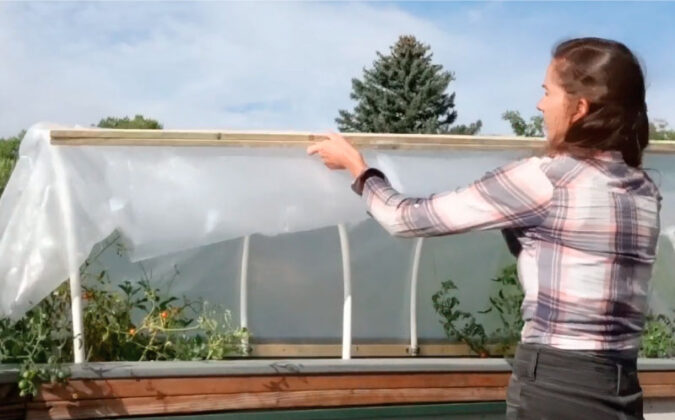
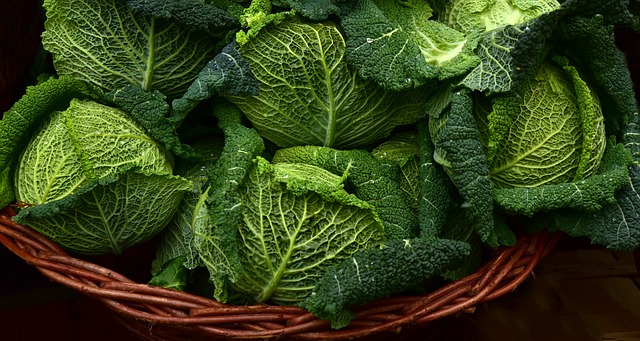
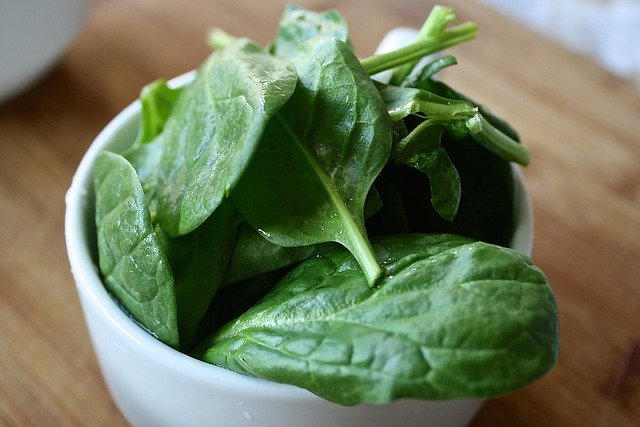
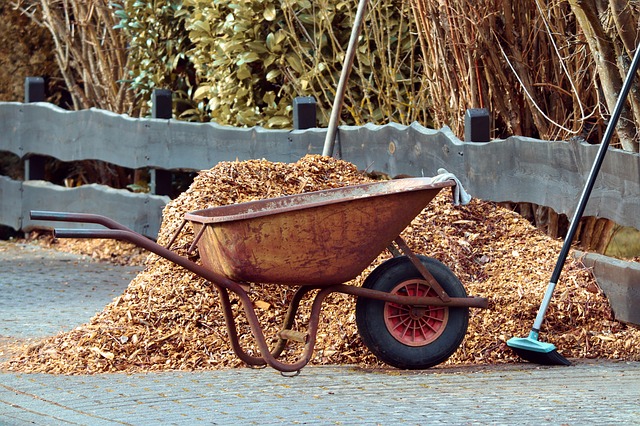
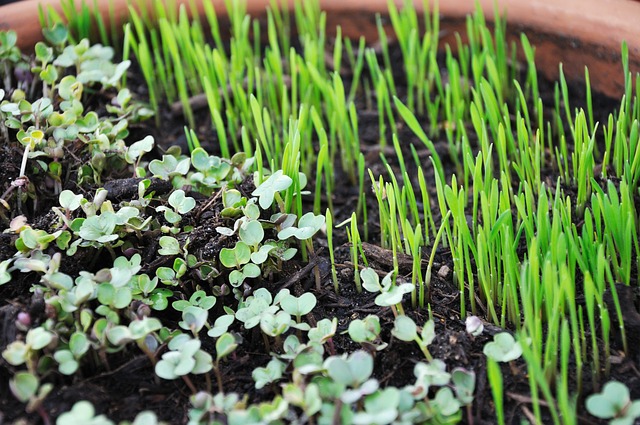








COMMENTS(2)
By letting some lettuce & cilantro go to seed in the garden, the new plants start as soon as they can sometimes they even overwinter here in Peterborough, Ontario, Canada.
Deep rich mulch helps my black clay soil warm up more quickly in the spring. I can plant earlier and avoid the stress on the roots.
I also allow as many crops as possible to reseed.